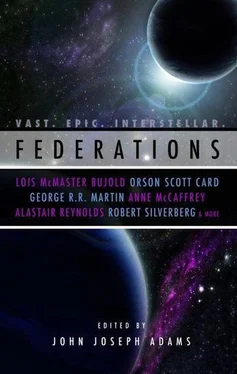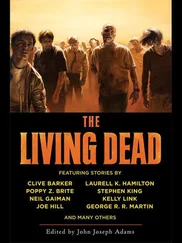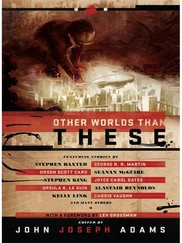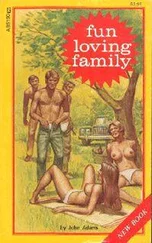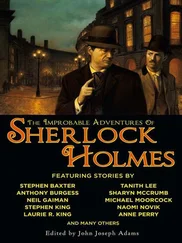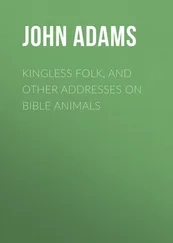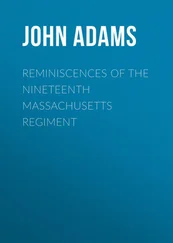But most important—and this was what really brought things to a head—she was content to live out the rest of her life on Coyote. Indeed, Jordan’s ambitions extended no farther than inheriting her family’s hemp plantation—where we’d met in the first place, much to her parents’ disapproval, since I was little more than a hired hand—while having a platoon of children. I was only too willing to help her practice the art of making babies, but the thought of everything to follow made my heart freeze. After five years on Coyote—fifteen by Earth reckoning, long enough for me to have allegedly became an adult—I wanted to move on. Now that the starbridge had been rebuilt and the Coyote Federation had been tentatively accepted as a member of the Talus, [1] Let me explain the Talus. In short, it’s a loose alliance of the Milky Way’s starfaring races—or at least those who’ve built starbridges—formed to promote diplomacy, trade, and cultural exchange. Sort of a galactic club, so to speak, with humankind as the members who’ve only recently paid their dues.
humankind was moving out into the galaxy. There were worlds out there that no human had ever seen before, along with dozens of races whom we’d just met. This was my calling, or at least so I thought, and the last thing I wanted to do was settle down to a dull life of being husband and father.
So we broke up. It wasn’t hostile, just a shared agreement that our romance had gone as far as it could go, and perhaps it would be better if we no longer saw each other. Nonetheless, I said something that I’d later regret: I called her a rich girl who liked to slum with lower-class guys, which was how I’d secretly come to regard her. I’m surprised she didn’t dump her glass over my head. But at least we managed to get out of the restaurant without causing a scene; a brief hug, but no kisses, then we went our separate ways.
The next morning, I quit my job at the plantation—her father couldn’t have been more pleased—then went back to my apartment to pack my bags and turn in the key to the landlady. By the end of the day, I was aboard the Leeport ferry, on my way to the New Brighton spaceport.
I thought I was done with Jordan, and that I’d never see her again. But some women cast a spell that can’t easily be broken.
It wasn’t hard to land a job as a spacer. The Federation merchant marine was always looking for a few good people, so long as you were smart enough to fill out the application form, were reasonably fit, and didn’t have any outstanding arrest warrants. No experience necessary; you trained on the job, although the wash-out rate was high enough that the probation clause of the employment contract was invoked more often than not. But the pay was good, and the benefits included full health coverage, two weeks paid vacation, performance bonuses, and even a retirement plan.
When Starbridge Coyote was destroyed, [2] I’ll explain starbridges, too. They’re a means of getting from one place in the galaxy to another, very fast, by using zero-point energy generators to create artificial wormholes within giant rings. You have to have one at your departure point, though, and another one at your destination, for you to get from here to there. A religious fanatic blew up the first one we humans built in the 47 Ursae Majoris system because he didn’t like aliens. Leave it to a nutjob to screw things up for everyone else.
it was at the height of the refugee crisis, with as many as a dozen ships arriving from Earth each and every day. After the starbridge went down, those ships were effectively stranded in the 47 Uma system, with no way home. The Coyote Federation laid claim to those vessels and reflagged them, and once the starbridge was rebuilt—with the technological assistance of the hjadd , [3] The hjadd were the first extraterrestrials our people encountered, and also our primary sponsors in the Talus. They’re from a planet in the Rho Coronae Borealis system and look a little like giant tortoises, only standing upright and without shells. Nice folks, albeit a little persnickety. Oh, and they eat marijuana the way we eat oregano. Go figure.
whose emissaries had been marooned on Coyote as well—the Federation now had in its possession a merchant fleet consisting of everything from passenger ships and freighters to a wide assortment of landers and shuttles.
Yet when the hjadd offered a helping hand, they’d carefully attached a string or two. Although they’d come to respect the humans on Coyote, they were also aware that the individual who’d caused the starbridge’s destruction was from Earth, and this was just one more reason for them to regard the cradle of humanity with considerable distrust. So they made a major stipulation: the rebuilt starbridge could be used for travel to any world in our corner of the galaxy except Earth. Or at least until the High Council of the Talus, to which the hjadd belonged, determined that Earth no longer posed a threat to other starfaring races. And if the Federation didn’t like it, the hjadd could always withdraw their ambassadors, shut down their embassy on New Florida, and leave Coyote once and for all, slamming the door into hyperspace behind them. They’d reconstructed the starbridge, sure… but they also knew how to disable it so that no ships could pass through it without their permission.
To be sure, quite a few people objected to being cut off from Earth. Yet a surprisingly large majority supported the hjadd ’s decision. Ever since the unexpected arrival of the first Western Hemisphere Union starship, four years after the Alabama party set foot on Coyote, and the military occupation that followed, Earth had been little but trouble for the colonies. The refugee crisis had been only the latest example of how the folks back home were using and abusing the new world, with little but a supply of trade goods to show for it. But if the Talus was willing to make up for this shortfall with a new source of vital materials… well, why bother with Earth at all?
So Coyote had become the latest partner in a galactic network of commerce and cultural exchange, with vessels constantly coming and going through the starbridge, bound for distant worlds whose very existence had been unknown until only a few years ago. And those ships needed crews. The fleet already had plenty of captains and first officers and navigators and engineers; those guys had come with their vessels, and their jobs essentially remained unchanged. But someone had to load cargo, repair hull plates, scrub decks, cook meals, clean toilets, and otherwise perform all the menial tasks to go with running a starship… and that’s how guys like me earned our paychecks.
After I passed through a four-week boot camp and earned my union card, I became a Payload Specialist Third Class, which is a polite way of saying that I was a cargo rat. My first billet was aboard the Lady Amelia , a jovian-class freighter that made regular runs out to a planet in the HD 114386 system, locally known as… well, I’m not going to try to it spell the name of the place; you couldn’t pronounce it anyway. The inhabitants called themselves the arsashi , and they had a use for the mountain briar our loggers cut in the highlands of Great Dakota. So I spent a couple of days loading lumber aboard a pair of payload containers, and once the containers were lifted into orbit and attached to the Lady Amelia , off we went to the Puppis constellation.
I didn’t see much of the arsashi homeworld. A small planet the color of ear-wax in orbit around a white dwarf, its atmosphere had too much ammonia and too little nitrogen for it to be habitable by humans—which is, indeed, the case for most worlds of the Talus. Yet the natives were friendly enough for a race of eight-foot tall, bug-eyed yeti; once my fellow rats and I unloaded five tons of wood, the arsashi did their best to make Amelia’s crew as comfortable as possible, even putting us up for the night in a small dome suitable for humans. Their food was indigestible, but at least we had a nice view of a nearby shield volcano. Which, so far as I could tell, was the only thing on their planet worth seeing.
Читать дальше
